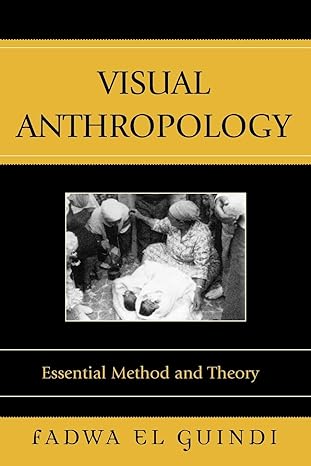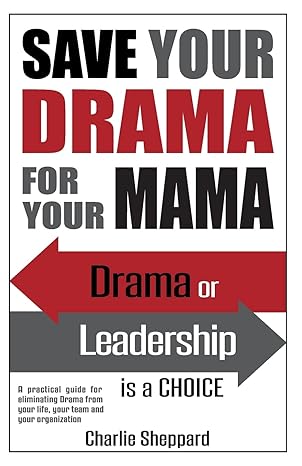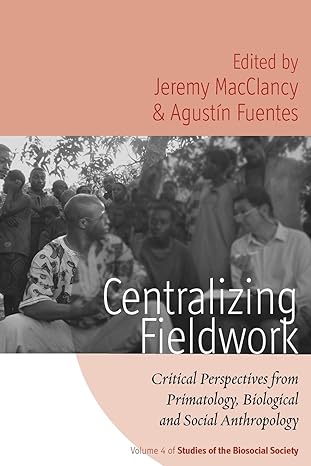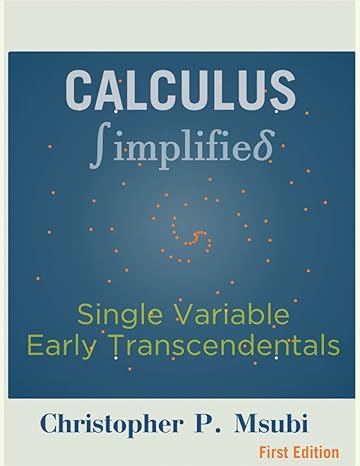Go back


Visual Anthropology Essential Method And Theory(1st Edition)
Authors:
Fadwa El Guindi

Cover Type:Hardcover
Condition:Used
In Stock
Shipment time
Expected shipping within 2 DaysPopular items with books
Access to 30 Million+ solutions
Free ✝
Ask 50 Questions from expert
AI-Powered Answers
✝ 7 days-trial
Total Price:
$0
List Price: $45.43
Savings: $45.43(100%)
Solution Manual Includes
Access to 30 Million+ solutions
Ask 50 Questions from expert
AI-Powered Answers
24/7 Tutor Help
Detailed solutions for Visual Anthropology Essential Method And Theory
Price:
$9.99
/month
Book details
ISBN: 075910395X, 978-0759103955
Book publisher: AltaMira Press
Get your hands on the best-selling book Visual Anthropology Essential Method And Theory 1st Edition for free. Feed your curiosity and let your imagination soar with the best stories coming out to you without hefty price tags. Browse SolutionInn to discover a treasure trove of fiction and non-fiction books where every page leads the reader to an undiscovered world. Start your literary adventure right away and also enjoy free shipping of these complimentary books to your door.
Book Summary: El Guindi provides a comprehensive guide to the methods of visual anthropology and the use of film in cross-cultural research and ethnography. She shows how visual media ? photographic, filmic, interactive ? is now an accepted part of the anthropological process, a vital tool that reflects and produces knowledge about the range of cultures and about culture itself. It preserves the integrity of people, objects, and events in their cultural context, and expands our horizons beyond the reach of memory culture. El Guindi places visual anthropology within an empirically-based, analytic framework, built on systematic observation, identifying the research cycle that begins with data gathering and leads to visual ethnographic construction that is anthropological in method, process, and product. She explains how indigenous, professional, and amateur forms of pictorial/auditory materials are grounded in personal, social, cultural, and ideological contexts, and describes the non-Western critique of the Western traditions of visual anthropology. Her book is an excellent guide for ethnographic research, and for film and other media instruction concerned with cross-cultural representation.
Customers also bought these books
Frequently Bought Together
Top Reviews for Books
Fozia Andarge
( 4 )
"Delivery was considerably fast, and the book I received was in a good condition."










